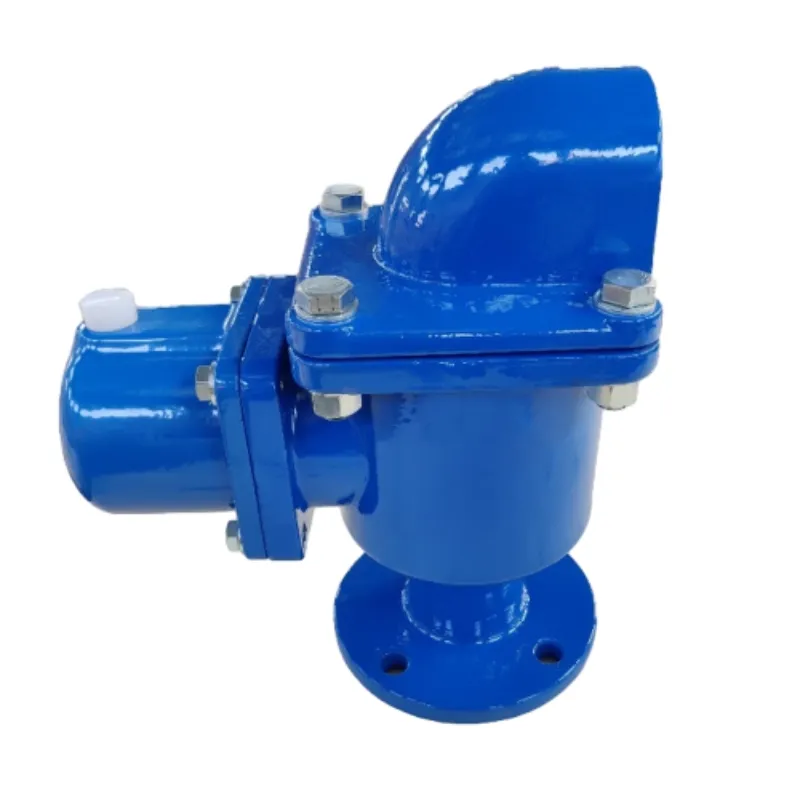Pneumatic Cylinder Controlled Butterfly Valve for Efficient Flow Management
The Role of Pneumatic Cylinder Operated Butterfly Valves in Industrial Automation
In the realm of industrial automation, control of fluid flow is crucial for safe and efficient operations across various sectors, including chemical processing, water treatment, food and beverage, and HVAC systems. One effective mechanism for controlling the flow of liquids and gases is the butterfly valve, particularly those operated by pneumatic cylinders. This article will delve into the functionality, advantages, applications, and maintenance of pneumatic cylinder operated butterfly valves.
Understanding Butterfly Valves
Butterfly valves are crucial components of many industrial systems, designed to regulate flow with a simple quarter-turn motion. The core component of a butterfly valve is a rotational disc that is positioned within the flow path. When the disc is turned parallel to the flow, the valve is fully open; when it’s perpendicular, the flow is shut off. This design allows for quick operation and efficient flow control.
The Pneumatic Cylinder Mechanism
Pneumatic cylinder operated butterfly valves utilize compressed air to actuate the valve's movement. The pneumatic cylinder converts the energy of compressed air into mechanical motion, allowing precise control of the butterfly valve's disc. This operation typically involves a double-acting cylinder where air pressure is used to move the disc in both the open and closed positions.
The use of pneumatic actuators provides a significant advantage in terms of response time and ease of operation. Pneumatics allow for rapid movements, which is essential in applications requiring quick adjustments to flow for safety and efficiency.
Advantages of Pneumatic Cylinder Operated Butterfly Valves
1. Speed and Efficiency Pneumatic actuators provide quick opens and closes, enabling rapid response to changes in system demands. 2. Simple Design and Compact Size Butterfly valves are inherently compact, reducing the space required in installations compared to other valve types. Their simple design allows for fewer parts and easy maintenance.
pneumatic cylinder operated butterfly valve

3. Low Torque Requirement The flat disc design in a butterfly valve means that less torque is needed to operate the valve, leading to lower energy consumption and longer service life for the actuator.
4. Leakage Control Advanced sealing technologies in pneumatic butterfly valves ensure low leakage rates, essential for maintaining necessary pressure levels in high-stakes applications.
5. Versatile Applications They are suitable for various media, including slurries, gases, and liquids, making them versatile for many industries.
Applications
Pneumatic cylinder operated butterfly valves are widely used across various industries. In the chemical processing industry, they manage corrosive substances and high-temperature fluids. In water and wastewater treatment plants, these valves control the flow of water and chemicals used in treatment processes. The food and beverage industry leverages these valves for their hygiene and sanitation properties, regulating fluid movement without contaminating the product.
In HVAC systems, these valves manage airflow efficiently, maintaining desired temperatures and pressures throughout facilities. Additionally, they can be found in power plants, paper mills, and oil refineries, demonstrating their versatility and critical role in effective fluid management.
Maintenance Best Practices
To ensure longevity and optimal performance of pneumatic cylinder operated butterfly valves, routine maintenance is essential. Regular inspections should check for signs of wear, corrosion, and proper sealing. Lubrication of moving parts, especially the actuator, will prevent friction-related failures. It is also vital to monitor the pneumatic system for leaks, as a drop in air pressure may lead to improper valve operation.
In conclusion, pneumatic cylinder operated butterfly valves represent a dynamic solution for fluid control in modern industrial applications. Their efficiency, compact design, and versatility in handling various media make them indispensable in countless sectors. As industries continue to evolve towards increased automation and efficiency, these valves will undoubtedly play a pivotal role in shaping the future of fluid management in industrial environments.
-
The Smarter Choice for Pedestrian AreasNewsJun.30,2025
-
The Gold Standard in Round Drain CoversNewsJun.30,2025
-
The Gold Standard in Manhole Cover SystemsNewsJun.30,2025
-
Superior Drainage Solutions with Premium Gully GratesNewsJun.30,2025
-
Superior Drainage Solutions for Global InfrastructureNewsJun.30,2025
-
Square Manhole Solutions for Modern InfrastructureNewsJun.30,2025
-
Premium Manhole Covers for Modern InfrastructureNewsJun.30,2025
